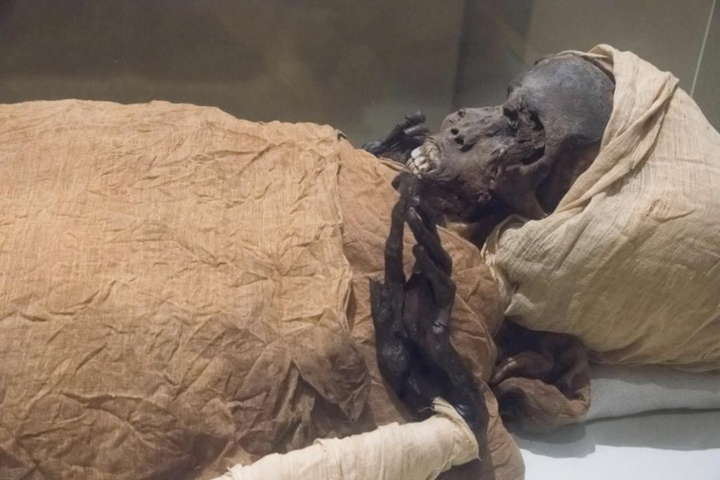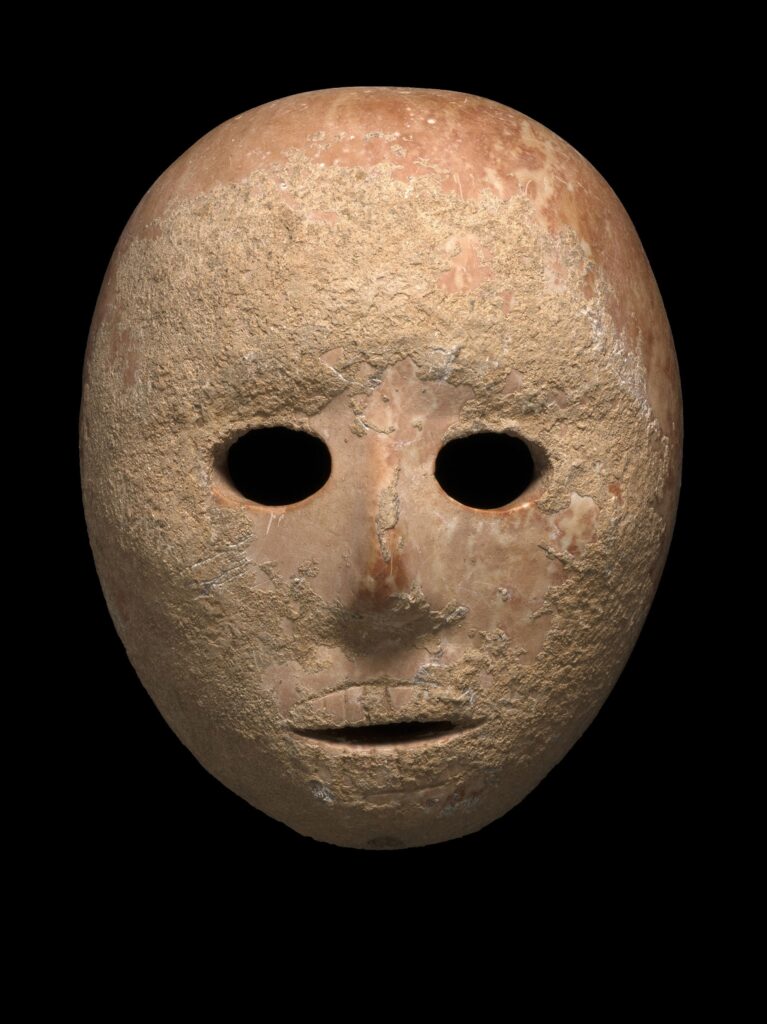A Tragic Death Amidst Turmoil
Pharaoh Seqenenre Taa II, who ruled southern Egypt over 3,500 years ago, is remembered as a courageous leader who initiated the fight to free Egypt from the Hyksos, foreign rulers who dominated northern Egypt for nearly a century.

His death remained a mystery for centuries. Recent studies using modern technology have uncovered a grim and tragic story behind his final moments.
Modern Technology Uncovers the Truth
Researchers at Cairo University performed detailed CT scans on Seqenenre’s mummy for the first time, revealing multiple fatal head injuries including a deep cut on the forehead likely caused by an axe, a fracture on the left side of the skull from a blunt weapon, a stab wound behind the right ear possibly from a dagger, and broken cheekbones and teeth indicating a powerful frontal attack.

No Defensive Wounds — Possible Execution While Bound
Notably, the absence of any defensive injuries on his arms suggests that Seqenenre was likely bound when attacked. The nature and angles of the wounds imply that several assailants attacked simultaneously with different weapons. This evidence contradicts the idea of death in open battle, pointing instead to a brutal execution after capture.
Hasty Mummification Reflects War Conditions
Seqenenre’s mummy shows signs of rushed embalming. The brain and organs were not removed, contrary to royal burial customs. The body exhibited decay due to improper preservation. His head was unnaturally tilted, lacking proper support. These factors suggest the embalming took place quickly near the battlefield rather than in a royal tomb.

A Death That Sparked Liberation
Though Seqenenre died violently, his sacrifice was not in vain. His son, Ahmose I, later expelled the Hyksos and founded Egypt’s New Kingdom — its most powerful era. Seqenenre’s death symbolizes the beginning of Egypt’s resurgence and national reunification.
A Mummy That Tells a Story
This case highlights how modern science revives history. The detailed forensic study of Seqenenre’s mummy restored his story from millennia ago — a tale of bravery, betrayal, and ultimate sacrifice that shaped Egypt’s destiny.

